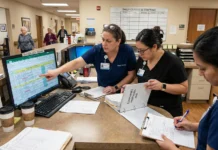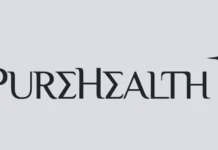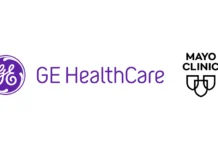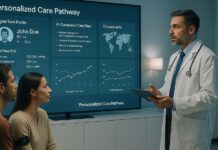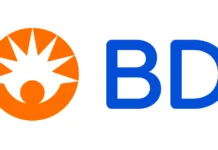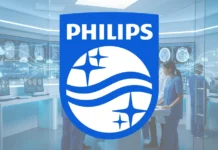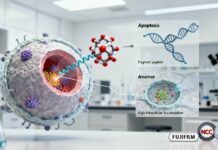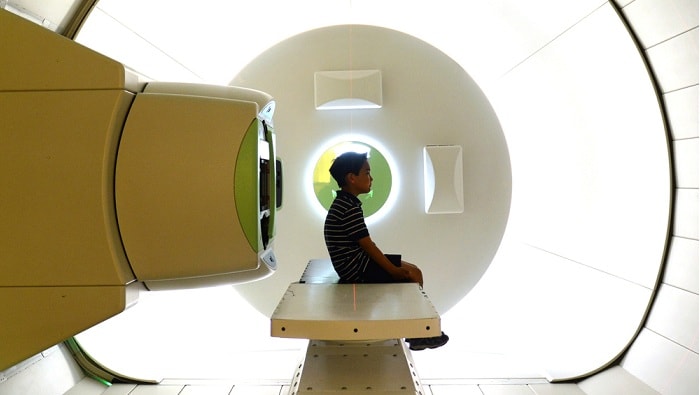This single-institution report describes long-term disease control and late effects in pediatric patients with low-grade glioma (LGG) following radiotherapy (RT).
Twenty-nine pediatric patients with LGG were treated with photon-based RT from 1970 to 2004 (mean age at time of RT, 9.8 y; range, 0.6 to 19 y). One patient underwent gross total resection, 25 underwent subtotal resection or biopsy, and 3 were treated based on radiographic characteristics alone. Three patients underwent chemotherapy before RT. The median RT dose was 54 Gy (range, 40 to 55 Gy).
The median follow-up was 17.8 years (range, 1.6 to 36.8 y) for all patients and 19.9 years (range, 1.6 to 36.8 y) for all living patients. The 5-, 10-, and 20-year local control and progression-free survival rates were equivalent at 82%, 74%, and 63%, respectively. The 5-, 10-, and 20-year cause-specific survival and overall survival rates were equivalent at 89%, 85%, and 58%, respectively.
On univariate analysis, age below 4 years during treatment was associated with significantly inferior local control (P=0.0067), cause-specific survival (P=0.0021), and overall survival (P=0.0021). Of the 23 survivors analyzed for late toxicity, 15 (65%) developed grade 3+ toxicity. The most common Common Terminology Criteria for Adverse Events grade 3 toxicity (30% of survivors) was serious cognitive disability. Four patients (14%) died secondary to treatment complications, all occurring over a decade after completing RT.
Over half of children diagnosed with LGG survive >20 years after RT; this report reveals the chronicity of toxicity beyond the typically reported follow-up. Our findings inform the therapeutic ratio of RT in this disease and may help guide late-effect screening recommendations.





